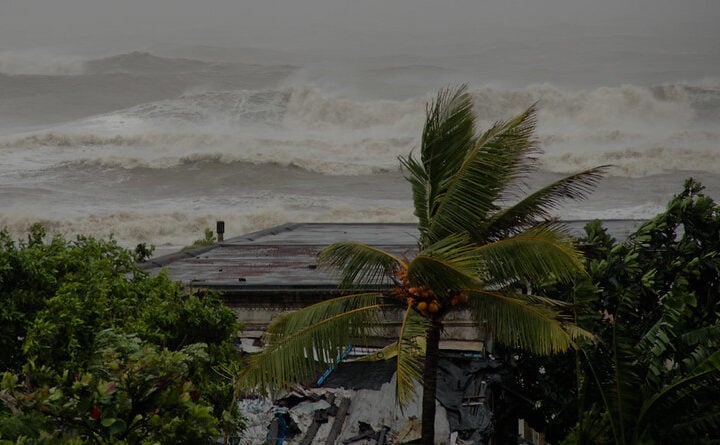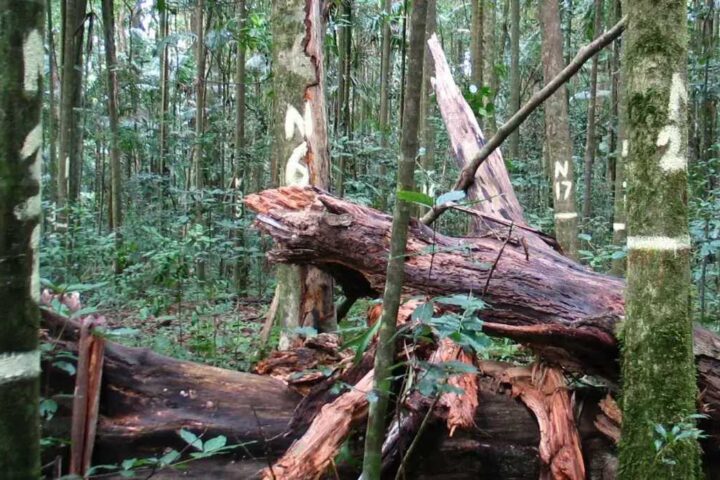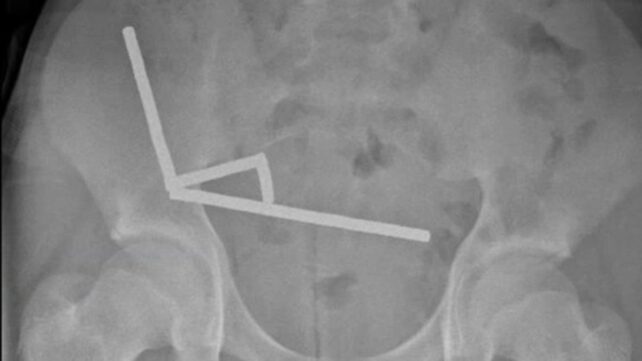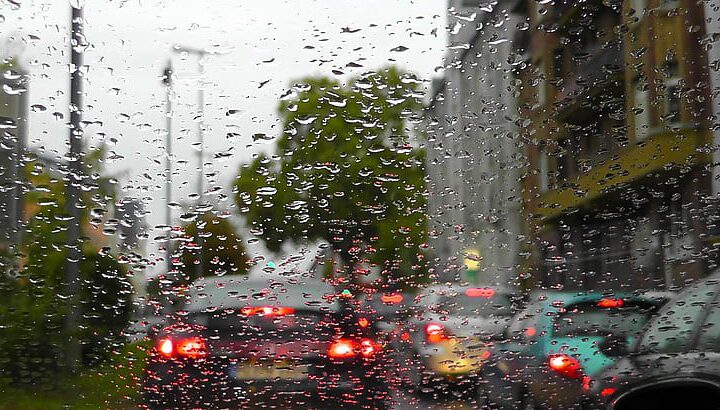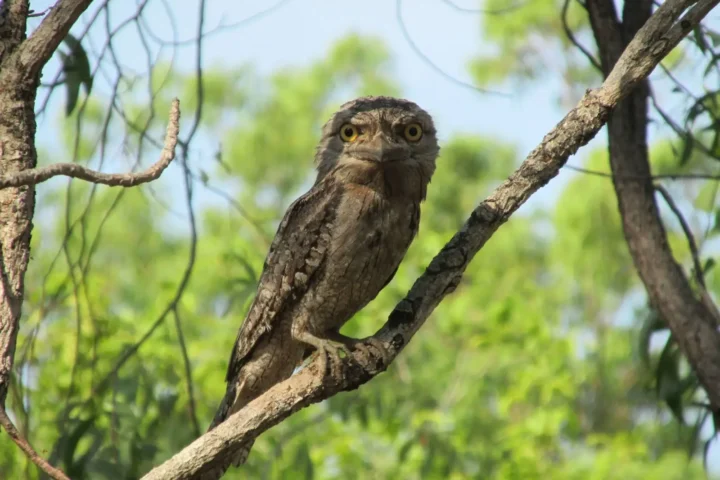
Swiss Tourist Killed in Fatal Shark Attack at Crowdy Bay
A Swiss woman has died and her partner remains in serious but stable condition after a shark attack at Kylies Beach in Crowdy Bay National Park, approximately 350 kilometers north of Sydney, on Thursday morning.
NSW Police were called to the remote, unpatrolled beach around 6:30 AM after witnesses reported two people had been bitten by a shark. The woman, believed to be in her 20s, died at the scene despite efforts by bystanders to assist. The man, also in his 20s, sustained serious injuries and was airlifted to John Hunter Hospital in critical condition.
The Swiss Federal Department of Foreign Affairs confirmed both victims are Swiss nationals. “One Swiss national lost her life, and another Swiss national was injured,” the department stated, adding that the Swiss Consulate General in Sydney is providing support to the families.
According to NSW Department of Primary Industries shark scientists, forensic analysis determined that a large bull shark over three meters in length was likely involved in the attack.
Incident Overview
What Happened at Kylies Beach
Emergency services received the call around 6:30 AM on Thursday morning. Police Chief Inspector Timothy Bayly told reporters that the pair were known to each other and had gone for a swim when the shark attacked. “At this stage, all I’m prepared to say is they were known to each other and they were going for a swim and the shark attacked,” Bayly stated at a news conference.
The attack occurred at an unpatrolled section of beach in Crowdy Bay National Park, a remote coastal area known for beach camping, fishing, and hiking. Steven Pearce, Surf Life Saving NSW chief executive, described it as “a really, really terrible incident” and noted that “this area is so remote, there’s no life guarding services up there at all.”
Heroic Bystander Action: A witness at the beach created a makeshift tourniquet for the male victim’s leg injury, an action that NSW Ambulance Superintendent Josh Smyth said potentially saved his life. “I need to have a shout out to the bystander on the beach who put a makeshift tourniquet on the male’s leg potentially saving his life and allowed NSW Ambulance paramedics to get to him and supply first aid,” Smyth told reporters. “The courage from some bystanders is amazing in this situation.”
The male victim was transported by helicopter to John Hunter Hospital where he remains in serious but stable condition. The beach and surrounding areas were immediately closed to swimmers as authorities began their investigation.
Recent Shark Activity in Australian Waters
This fatal attack is part of a broader pattern of increased shark sightings along the NSW coast in 2025. In September, a surfer was fatally attacked at Long Reef Beach in Sydney, and Queensland has experienced multiple incidents this year.
According to Taronga Conservation Society’s Australian Shark-Incident Database (ASID), shark encounters have increased due to several factors including more people using the water year-round, climate change affecting prey distribution, and habitat changes. However, the number of fatalities has not increased proportionally thanks to faster emergency responses, improved first aid training, and the availability of tourniquet kits at surf lifesaving clubs.
Location & Regional Context
Interactive map showing the incident location at Kylies Beach and recent shark activity along the NSW coast
Timeline of Events
Emergency Response & Prevention Measures
SMART Drumlines
Five SMART (Shark Management Alert in Real-Time) drumlines were deployed at Kylies Beach. These baited hooks send alerts when sharks take the bait, allowing authorities to tag, relocate sharks 1km offshore, and track their movements.
Aerial Surveillance
Surf Life Saving NSW deployed increased jetski and drone surveillance across Camden Haven and Crowdy Head beaches. The aerial monitoring continued through the weekend as hot temperatures were forecast to bring large crowds.
Beach Closures
Kylies Beach and surrounding areas were closed immediately after the attack. Multiple other beaches including Lighthouse Beach at Port Macquarie were closed Friday after numerous bull shark sightings and bait ball activity. Beaches reopened only after surveillance confirmed no concerning marine life.
Forensic Investigation
NSW Police and Department of Primary Industries conducted forensic analysis to determine the species. Scientists determined a large bull shark over 3 meters was likely responsible. Police are reviewing footage from the scene.
Regional Monitoring
Drumlines were already in place north at Port Macquarie and south at Forster. NSW uses a comprehensive monitoring system including shark nets, listening stations, helicopters, and drones across the coast.
Consular Support
The Swiss Federal Department of Foreign Affairs confirmed the victims’ nationality and stated the Swiss Consulate General in Sydney is in contact with local authorities and supporting the families “within the framework of consular protection.”
Essential Beach Safety Guidelines
Critical information for anyone swimming in Australian coastal waters
Avoid Dawn & Dusk
Bull and tiger sharks are most active during dawn and dusk when they hunt. According to NSW SharkSmart safety guidelines, swimmers should take extra care during these times and consider swimming during full daylight hours.
Choose Patrolled Beaches
Always swim at patrolled beaches between the red and yellow flags where lifeguards are on duty. Remote, unpatrolled beaches like Kylies Beach lack safety infrastructure and emergency response capabilities, making incidents far more dangerous.
Use SharkSmart App
Download the NSW SharkSmart app for real-time shark alerts, beach closure information, and recent sighting reports. Check conditions before entering the water.
Watch for Bait Fish
Avoid swimming near schools of bait fish or when dolphins are present, as these attract sharks. Port Macquarie beaches reported numerous bull shark sightings along with bait ball activity following this incident.
Heed All Warnings
Respect beach closures, warning signs, shark alarms, and instructions from lifeguards. These measures are implemented based on actual sightings and surveillance data to protect swimmers.
First Aid Knowledge
Know how to apply a tourniquet in emergencies. In this incident, a bystander’s quick action with a makeshift tourniquet saved the male victim’s life. Surf Life Saving NSW provides first aid training and many clubs now have tourniquet kits.
Understanding Bull Shark Behavior
Bull sharks are one of the species most frequently involved in attacks on humans in Australian waters. Unlike great white sharks, bull sharks can tolerate fresh and brackish water, often venturing into rivers and estuaries, which brings them into contact with humans more frequently.
Dr. Brianna Le Busque, an environmental science and psychology researcher from the University of South Australia, cautioned against drawing comparisons to the movie Jaws following the double attack. “The really important part is to wait until we know more,” she said. “Until then, it’s a really horrific freak incident, but there’s no indication that this shark will keep biting humans.”
“The parallels with Jaws are so interesting, this idea that instantly we must ‘get that particular shark’, and we know that’s not an effective strategy. It’s likely this shark felt particularly threatened, something happened, that’s why it lashed out twice.” — Dr. Brianna Le Busque
Professor Rob Harcourt, emeritus professor of marine ecology at Macquarie University, noted that while double attacks are “quite unusual,” they can occur when sharks are hunting prey and trying to deter competitors. Scientists continue to debate whether there is such a thing as a “problem shark” that repeatedly targets humans.
Experts point to several factors that may increase shark encounters including climate change affecting prey distribution, increased beach use throughout the year, and changes in water conditions. However, better emergency response protocols and first aid training have helped reduce fatalities even as encounters increase.
Related Shark Incidents
This year has seen multiple shark encounters along the Australian coast. Queensland experienced its fourth shark attack in 2025 at Moreton Island, while a Canadian tourist lost both hands in a bull shark attack in Turks and Caicos earlier this year.
The Queensland shark control plan, which includes nets and drumlines, has come under scrutiny after revealing thousands of marine animal deaths. Meanwhile, conservation efforts continue, with 37% of shark species facing extinction according to recent assessments.
The Incident in Context
The fatal attack at Kylies Beach involved a Swiss woman in her 20s who died at the scene, while her partner, also in his 20s, sustained serious injuries and was airlifted to hospital. A bystander’s quick action in applying a makeshift tourniquet was credited by emergency services with saving the male victim’s life.
Authorities confirmed the incident involved a bull shark over 3 meters in length based on forensic analysis. The remote, unpatrolled nature of the beach meant no lifeguard services were available, though witnesses provided crucial first aid before paramedics arrived.
The coverage included the deployment of SMART drumlines, drone surveillance operations, beach closures, and the reopening of affected beaches after monitoring confirmed no concerning marine life in the area. Safety guidelines from NSW SharkSmart and expert perspectives on shark behavior were discussed.
Official Sources & Information
- NSW Police – Fatal Shark Attack Statement
- NSW Police – Update: Fatal Shark Attack
- NSW SharkSmart – Main Program Site
- NSW SharkSmart – Safety Guidelines
- NSW SharkSmart – SMART Drumlines Program
- NSW SharkSmart – Current Shark Management Program
- NSW National Parks – Kylies Beach Campground
- Taronga Conservation Society – Australian Shark-Incident Database (ASID)
- Dr. Brianna Le Busque – University of South Australia
- Professor Rob Harcourt – Macquarie University
- Surf Life Saving NSW – Be SharkSmart Campaign


